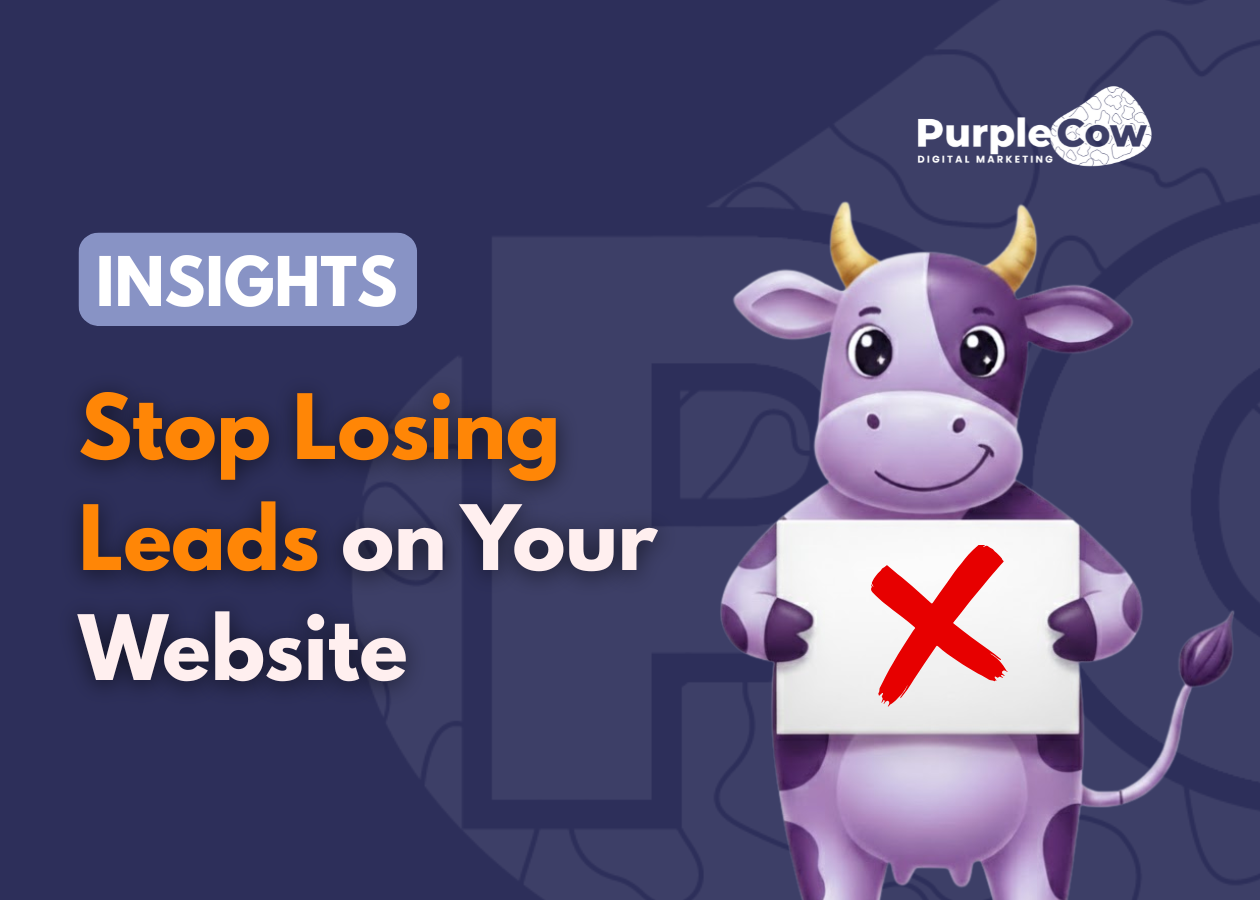Images are a vital part of grabbing a visitor’s attention, breaking up long pieces of content, and helping your content be shared across the web. Unfortunately, images also increase the size of your pages. In this article, I would like to show you all about image optimization for your WordPress website.
Every image that you add to a page has to be downloaded by visitors from your server to their computer. This increases page loading times, which can frustrate visitors and have an adverse effect on search engine rankings.
Too many images will also increase your bandwidth significantly and use up more storage on your server. This is unlikely to be a problem at the start of your website’s life, however, it could increase your hosting costs over time.
File Formats
Graphic applications allow you to save images in a number of different file formats. The most commonly used file formats online are JPEG and PNG.
JPEGS are better suited for photographs as they contain many colors. The format uses compression in order to reduce file size. PNGs are more suited to screenshots and website design images such as icons and buttons. It uses lossless compression techniques so quality is higher, however this also means larger file sizes.
The other format that you will see used frequently on the internet is GIF. GIFs are better suited for low quality images with just a few colors. Today, the GIF format is widely known on the internet as being the file format for animated files.
Optimizing Your Images Before Uploading To Your Website
WordPress has a useful thumbnail feature that will automatically create three different sizes of any image you upload. This can be found in the WordPress admin area under settings/media.
You can adjust the thumbnail sizes are you see fit. or example, you can configure WordPress to create a 150×150 pixel thumbnail image, a 300×200 pixel medium image and a 600×600 pixel large image.
If you uploaded an image that was 1,000 pixels in width, you could display the large image in your article and link to the full size image. This is exactly what many bloggers do, however it is not the optimal way of handling images. Whilst the file size of thumbnail images will be smaller as WordPress reduces the size of the uploaded image, WordPress does not compress images when it creates thumbnails. A more efficient method is to optimize images before you upload it them to your website.
Most graphical editing applications allow you to reduce the quality of an image for the internet. In Photoshop, this option is called “Save for Web and Devices”.





